This is the tour to take if you want to actively spend time in the wilderness, enjoy different natural habitats and watch birds and mammals. We watch the brown bears, elks(moose) and bird migration. We go bog-shoeing in one of Europe’s largest raised bogs with breath-taking views of bog-pools and experience the peacefulness of old-growth forests. To explore the most stunning contrasts of Nordic nature, we go canoeing and hiking in Matsalu- and Soomaa National Parks and other protected areas. In addition to excellent sightseeing and activities in natural settings we walk in medieval Tallinn Old Town, an increasingly popular UNESCO World Heritage site.
Wild Estonia – Nature Tour through Estonia 8 days
1,680.00€
Description
Tour description
The Estonian coast is one of Europe’s key areas during bird migration. Up to 100 million migrating birds pass through in a year, drawing enthusiastic birders from all over Europe annually. Still, birds are not the only things to look for during this tour, as Estonia has a healthy population of Brown Bears, Lynx, Wolves, Ringed Seals and Elk among other mammal species. Western-taiga-type forests alternate with huge bogs and semi-natural habitats rich in plant species. An extensive network of protected areas has been created to preserve this diverse nature; 22% of Estonia’s land area is protected.
Highlights
- Very good opportunity to see Brown Bears in their natural habitat.
- Elk spotting
- Bog-shoeing in one of Europe’s largest raised bogs.
- Canoeing on one of the wild rivers of Soomaa NP
- Sights and sounds of thousands of cranes and geese, and millions of songbirds on their mass migration
- Boat tour to watch Ringed Seals
- Experiencing the medieval atmosphere of Tallinn Old Town.
Detailed description
Day 1. Arrival in Tallinn, Haapsalu, sunset with birds and Elk(Moose)
You will land at Tallinn Airport, where you meet our guide and other participants. From there, the adventures begin as we start driving towards the west coast. At sunset, we head off to listen and look for cranes, geese and watch their flight to their night stay. As we await dusk, it is also possible to spot Elk. Night in western Estonia.
Western Estonia is penetrated by the East Atlantic flyway which is used during migration by millions of Nordic birds. Vast coastal meadows, the largest reed beds on the coast of the Baltic Sea, shallow sea bays and islands offer migrating birds good feeding, resting and hiding opportunities. Thus, Matsalu National Park is one of the most important bird migration centers in Europe. A magnificent sight unfurls when tens of thousands of cranes, geese, and songbirds migrate. Many watchtowers near the migration route give observers the opportunity to enjoy easily the sights and sounds of thousands of birds flying through the air.
Day 2. Haapsalu, Matsalu National park- bird migration, Elk and Haapsalu town
We will start the day with an early excursion to spot Elk. Most of the day will be spent in Matsalu National Park and Haapsalu town. The latter is known for its beautiful wooden architecture and picturesque promenade. In Matsalu NP, we will visit the well-known bird watching towers to witness the spectacular mass bird migration. The day ends with a late excursion to spot Elk.
The broad and well-maintained coastal meadows and floodplains of Matsalu National Park offer good habitats for Elk. In September, Elk are in the middle of the busiest mating season and gather on the floodplains, where clearings alternate willow bushes and reed-beds. Finding and observing these impressive animals will be the center point of today’s early- and late excursions. During the daytime, we will visit Haapsalu town, which was one of the favorite holiday destinations for the Russian nobilities. The impressive wooden railway station, which was built especially for the Tsar and his family, is just one of the buildings which make you admire the craftsmanship of the woodworkers and architects. Besides being known for beautiful views and buildings, Haapsalu is also unofficially called the “bird watching capital” of Estonia offering excellent possibilities for birdwatching.
Day 3. Ringed Seals in Hiiumaa
The day takes us on a day trip to the second biggest of Estonia’s 2222 islands – Hiiumaa. To get to Hiiumaa, we will enjoy a refreshing ferry ride and from there, take a fisherman’s boat to drive around some of the smaller islets to spot Ringed Seals and birds, such as the magnificent White-tailed Eagles. We will also step foot on one of the gorgeous islets, which used to be inhabited until the beginning of the 1970s. Night in western Estonia.
Hiiumaa is the second biggest island in Estonia. It is surrounded by shallow bays and many beautiful islets. Ten of them, with an interesting history and cultural heritage, lay in the south of Hiiumaa. All of them are included in the Hiiumaa Islets Landscape Protection Area. The area is a great place to look for Ringed-, Gray Seals and numerous waterbirds. Estonia hosts the southernmost Ringed Seal population in Europe. The fisherman’s boat takes us just south of Hiiumaa, where they have several haul-out areas, offering them great conditions to rest and feed and lay lazily on the coastal rocks.
Day 4. Bog-shoeing in Soomaa National park, one of the biggest raised bogs in Europe
We drive to Soomaa National Park and take a bog-shoeing hike to see unique landscapes and experience the feeling of walking on wobbly land and take a stop at the watching tower for a picturesque view on the bog pools. We get acquainted with raised bog landscapes, unique plant habitats and the old-growth forest that towers between the bogs. Night in Soomaa NP.
“Soomaa” literally means “land of bogs” in Estonian. Soomaa National Park consists of bogs with rivers winding amongst them. Raised bogs are like huge sponges that hold vast amounts of water. Bogs started to develop after the last ice age about 12 0000 years ago. The biggest ones cover 10 000 hectares and have a peat layer of 8 meters! Bogs have a mosaic structure with bog-pools and bog islands that were in the past used as a hiding place during wars. This type of landscape is not rich in number of species, but most of them can be seen and found only in peat bogs and nowhere else. Wearing bog-shoes (which work as snow-shoes), we can go off-track and get to places that are otherwise impossible to reach.
Day 5. Soomaa NP and Canoeing
Today we will go on a canoeing trip on one of the wild rivers of Soomaa NP. Together with peat bogs and old-growth forests, the rivers are the heart and soul of Soomaa. On the river banks, it’s easy to spot pencil-shaped tree stumps, which indicate fresh beaver activity. With good luck, it’s also possible to spot them. In the afternoon we will have a cozy lecture about the current situation of Brown Bears, Lynx, and Wolves. Night in Soomaa NP
The rivers of Soomaa bring in the water from a nearby upland. Due to the narrow riverbeds and the flatness of the area, floods are a common sight. The biggest floods happen in early spring after the snow has melted, but smaller floods can also happen in autumn and winter. As it has always been the case, locals are used to it and call it the 5th season. But what do the local mammals think about the floods? This will be discussed among the other topics during a cozy evening lecture.
Day 6. Brown Bears in Alutaguse and Western Taiga forests
After a tasty breakfast, we will start driving towards the Alutaguse area, situated in Northeast Estonia. Known for its vast forests and bogs, the Alutaguse area holds the highest density of Brown Bear population in Estonia. In the afternoon we will enter a Brown Bear hide, which offers an excellent possibility to see bears, Raccoon Dogs, Roe Deer, different birds, and from time to time, Elk. The two hides can accommodate up to 18 persons and are equipped with bunk beds, sleeping bags, pillows, a dry toilet, viewing windows and chairs. Night in the Brown Bear hide.
Alutaguse, a huge forest and bog area, is situated in N-E Estonia near the Russian border. The forest area is typical Western taiga with aspen, birch, spruce, and pine. Alutaguse forests are home to about 400 bears — one of the best Brown Bear areas in Europe! In autumn, bears are actively foraging to be ready for winter hibernation, so the chances to spot these iconic mammals, are really good.
Day 7. Medieval Tallinn Old Town
After almost a week full of unforgettable nature sightings, we will start driving towards Tallinn, the capital of Estonia. But not before we will make a short safari looking for the majestic Western Capercaillie and a delicious breakfast in Rakvere town. Night in Tallinn.
In autumn Capercaillies often come to the roads to ingest grit: small stones that help them with digestion. We hope to see these iconic birds before continuing our journey to Tallinn. The well-preserved medieval town structure and surroundings of Tallinn Old Town, originating from the 11th to the 15th Century, give it a place on the UNESCO World Heritage list. Streets and houses have been protected by a mostly intact city wall, complete with guard towers. Buildings, churches, merchant and craftsman houses maintain their centuries-old authenticity. Nowadays cozy cafes, boutiques and art galleries add vibrant life to the medieval atmosphere.
Day 8. Departure
Prices and dates
Tour dates:
- 04.05-11.05.2024
- 25.05-01.06.2024
- 31.08-07.09.2024
- 14.09-21.09.2024
Group size:
5-8 persons
Price:
The price per person is 1680€ and single supplement is 170€
Tour price includes:
- Local English speaking nature guide services for 8 days,
- 6 nights in hotels and guesthouses; toilet and shower in the room.
- 7 dinners and 7 lunch packages 7 breakfasts in the hotels.
- Transport in Estonia
- Ferry tickets to Hiiumaa
- Night in the Brown Bear watching hide
- Boat trip to islets near Hiiumaa
- Canoeing in Soomaa NP
- Bog-shoeing in Soomaa NP
- Guided tour of Tallinn Old Town

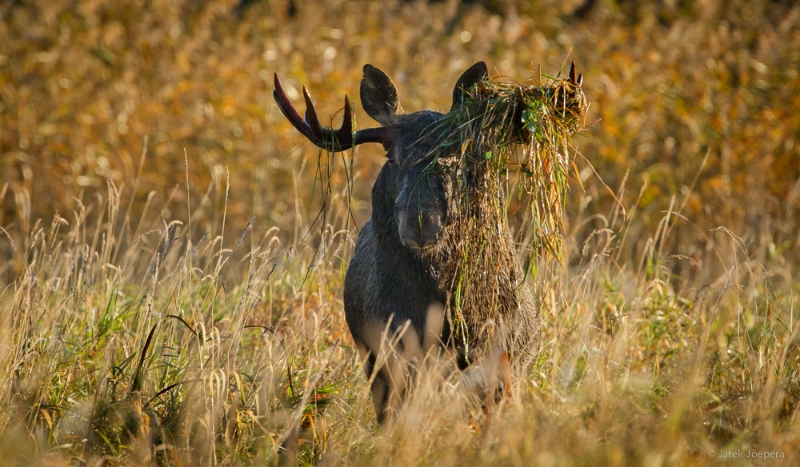
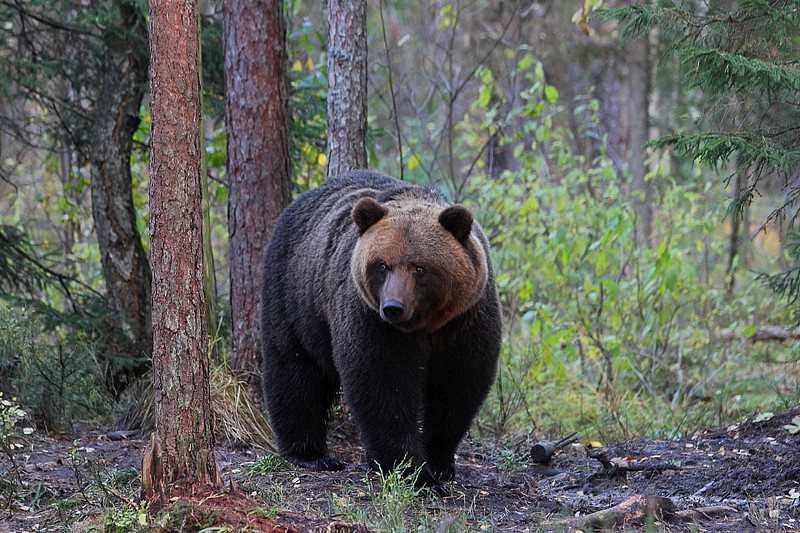
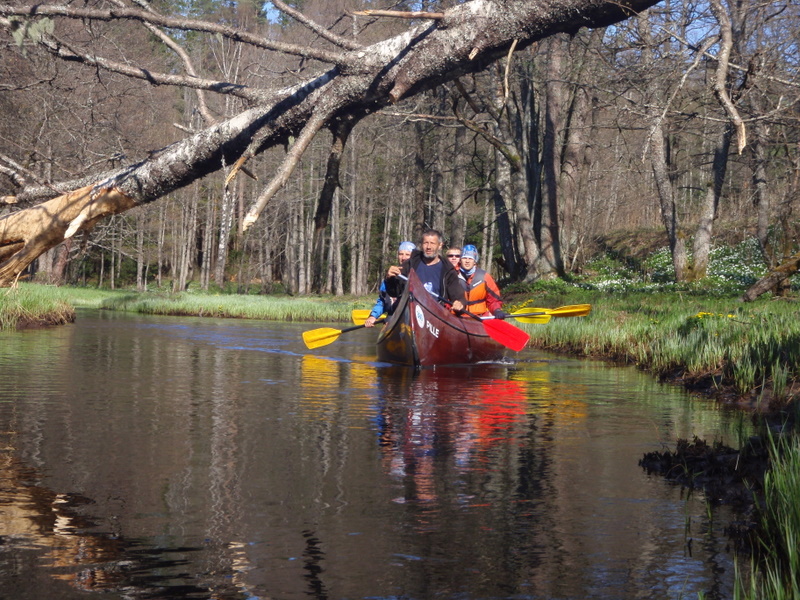
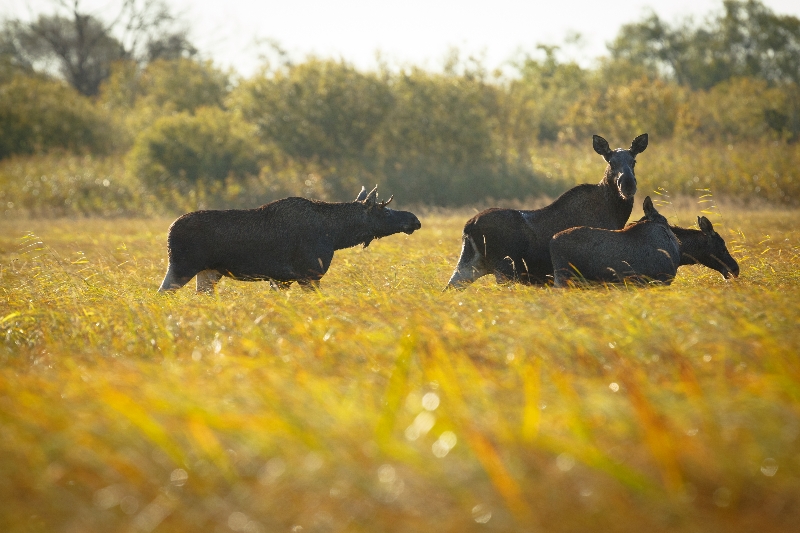
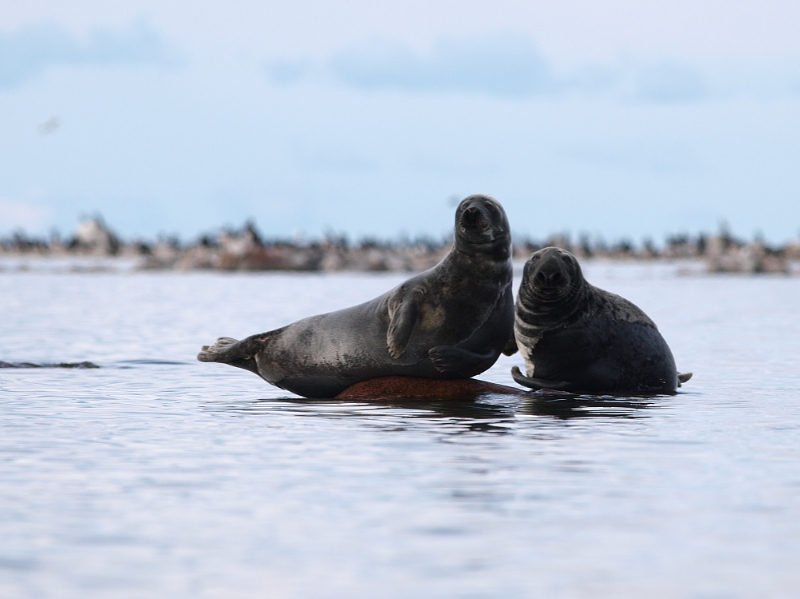
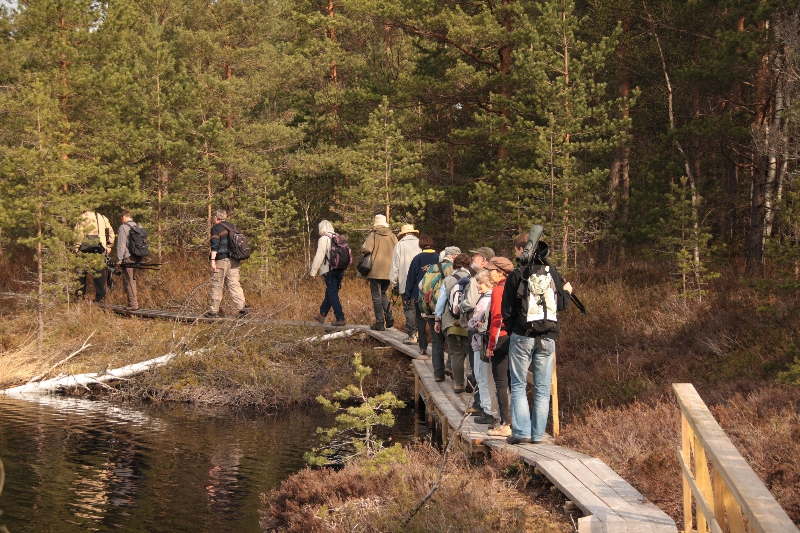
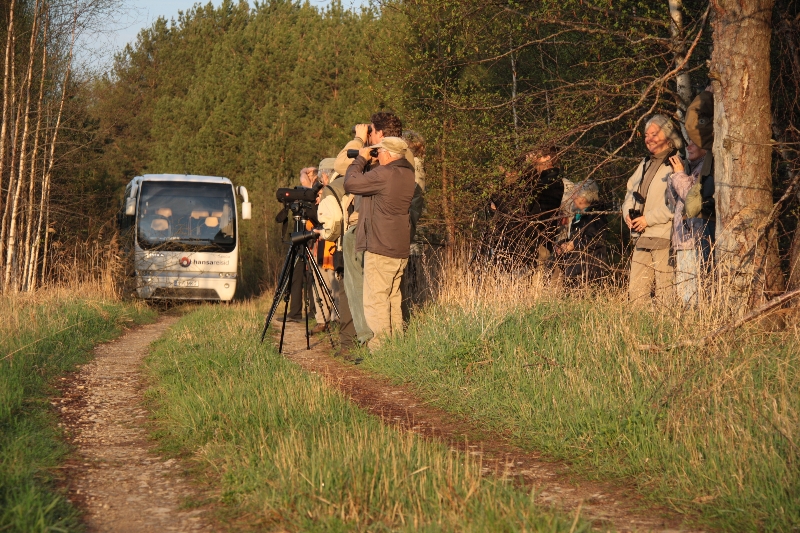
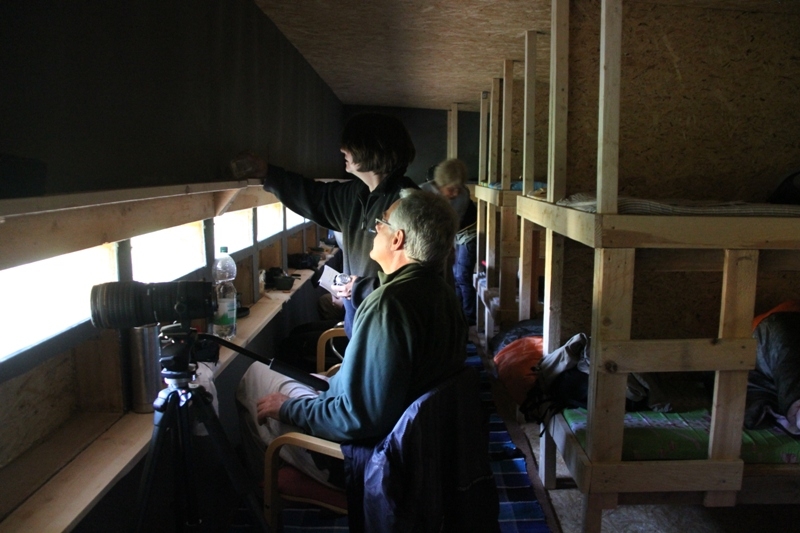
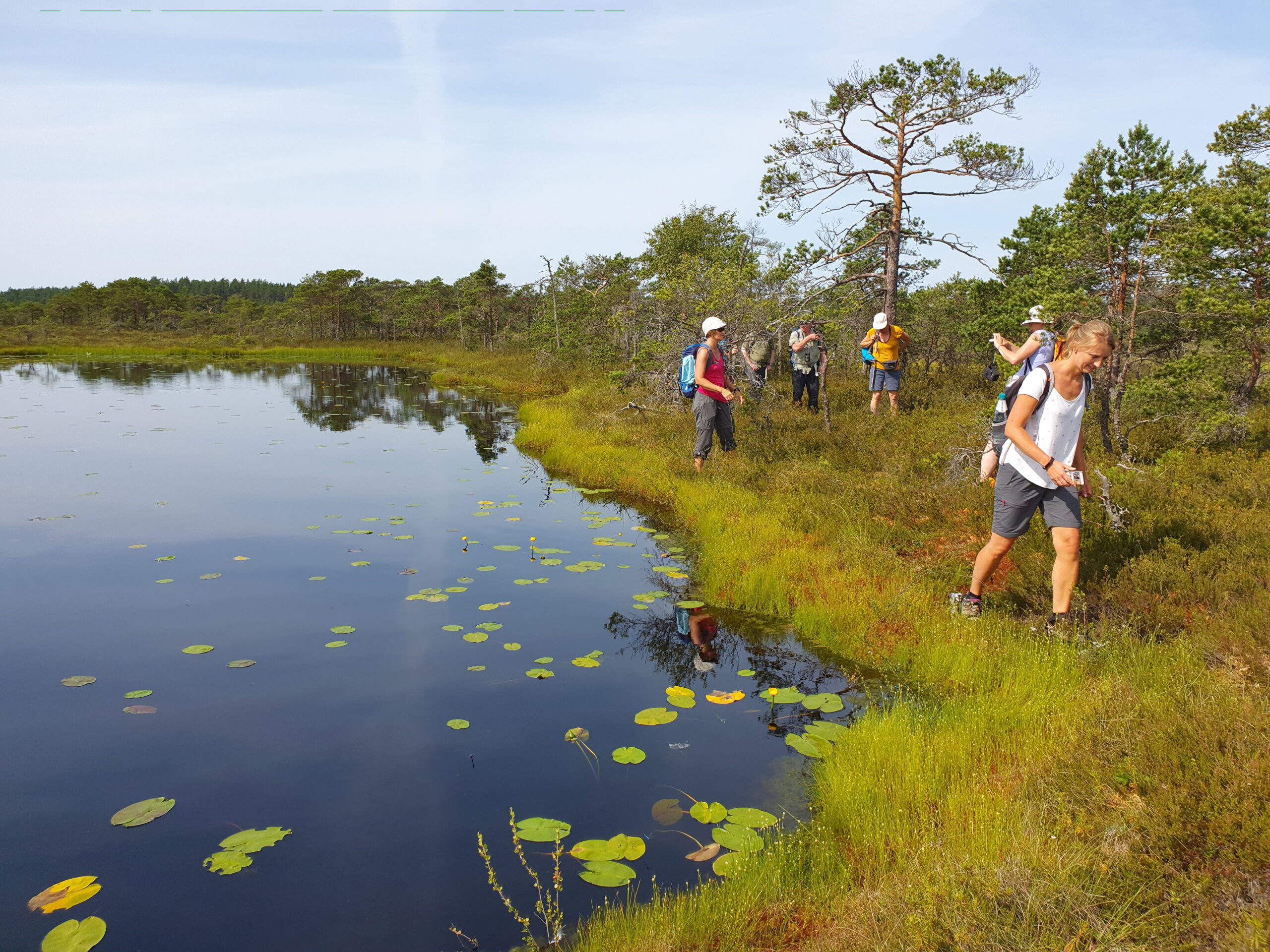
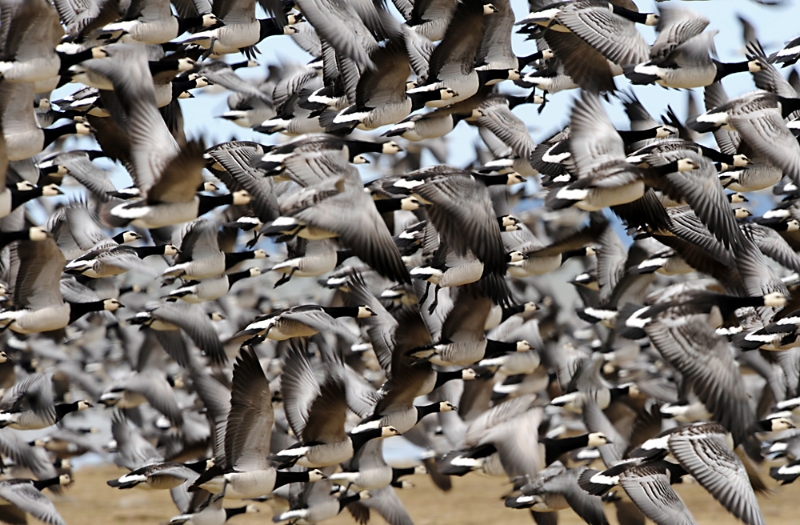
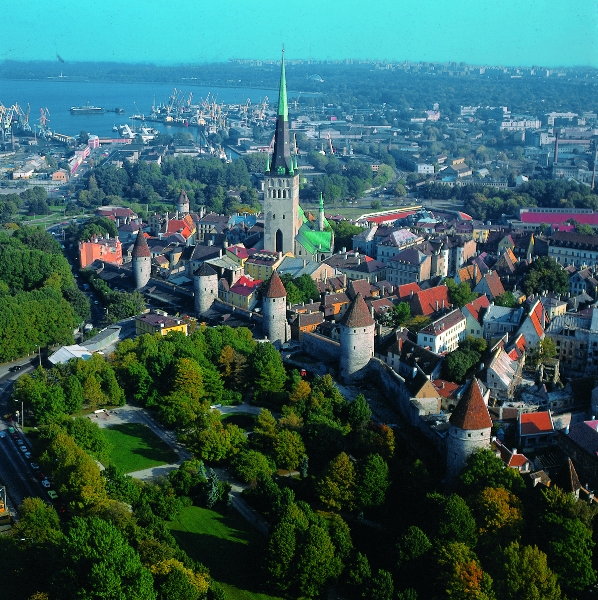
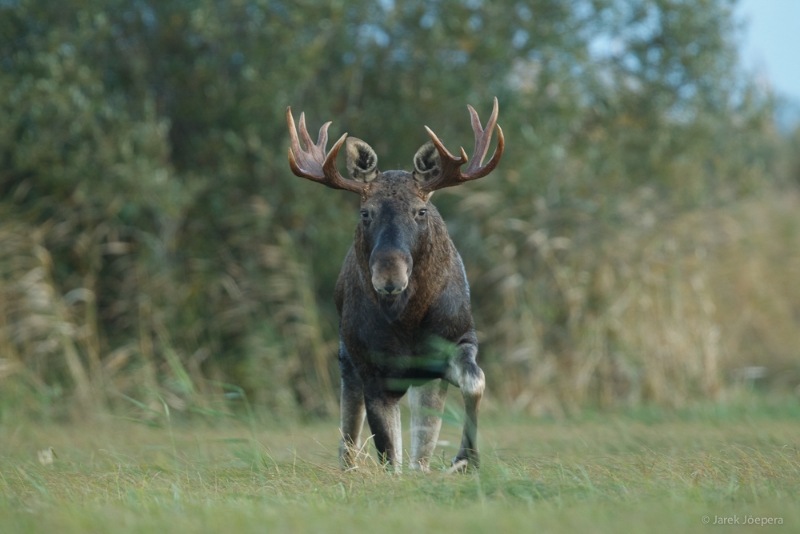
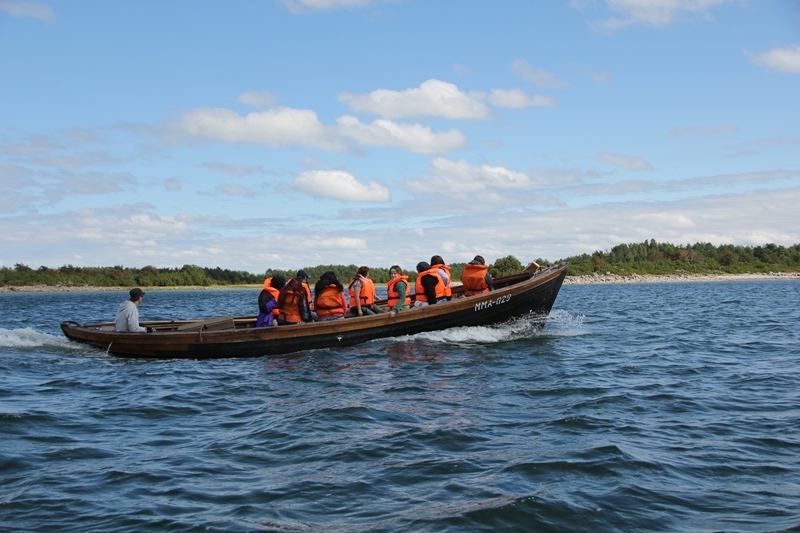
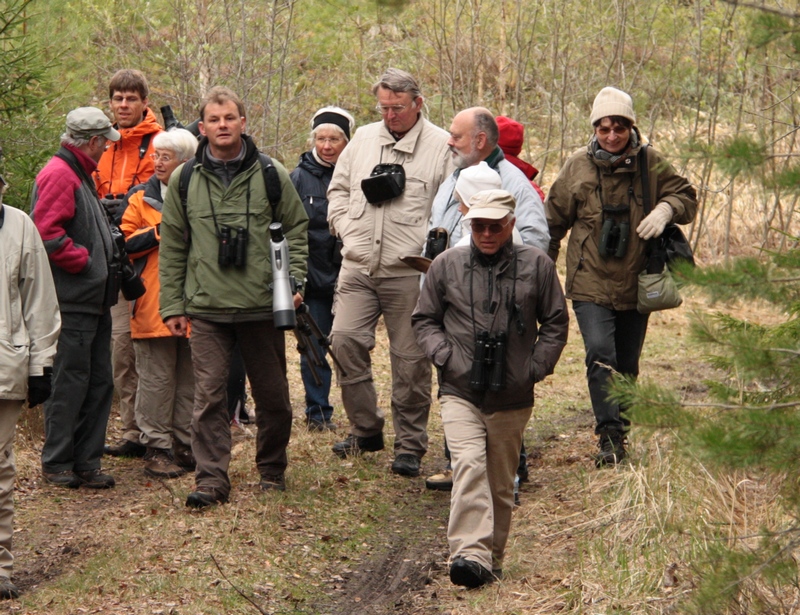

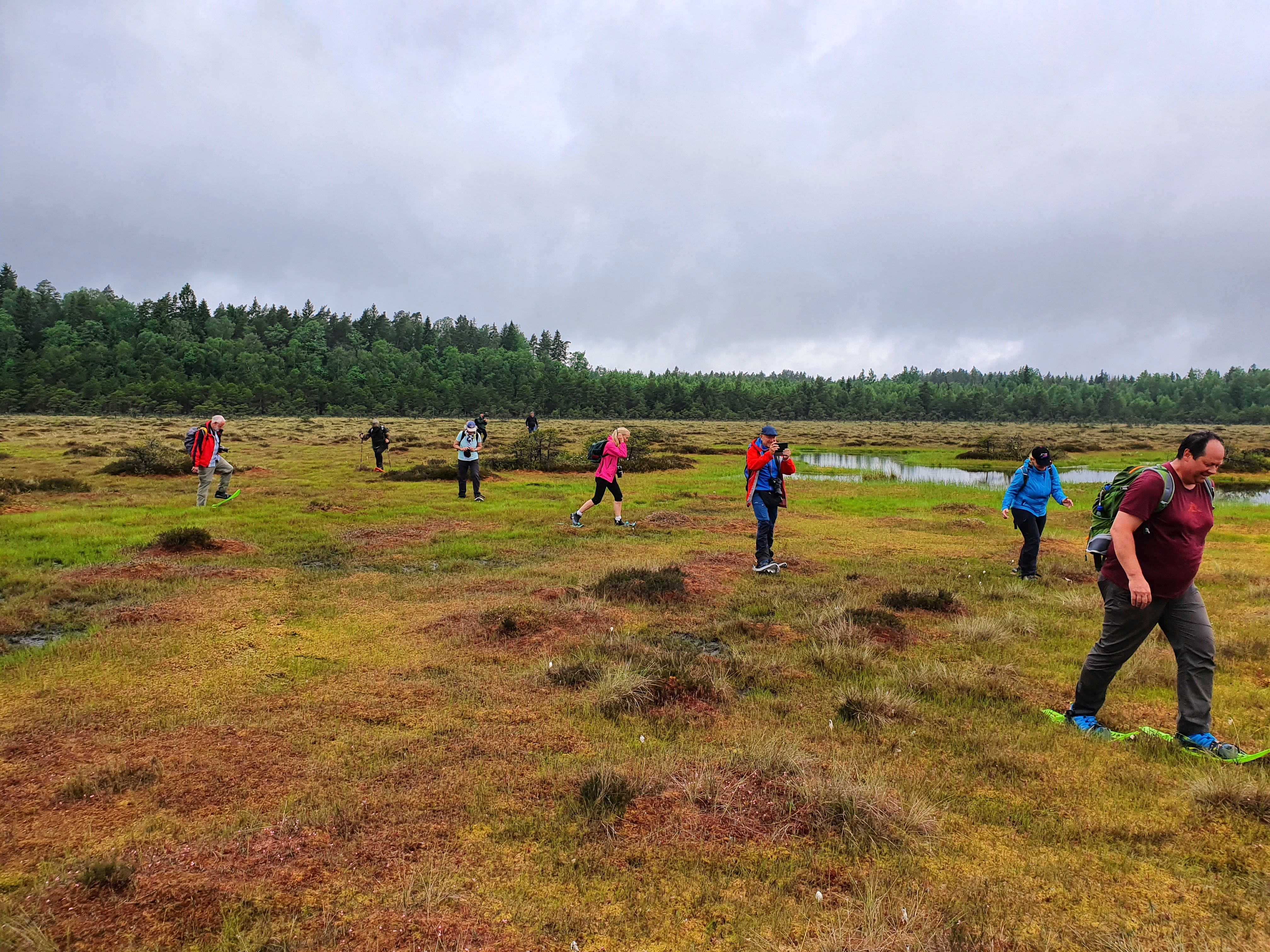
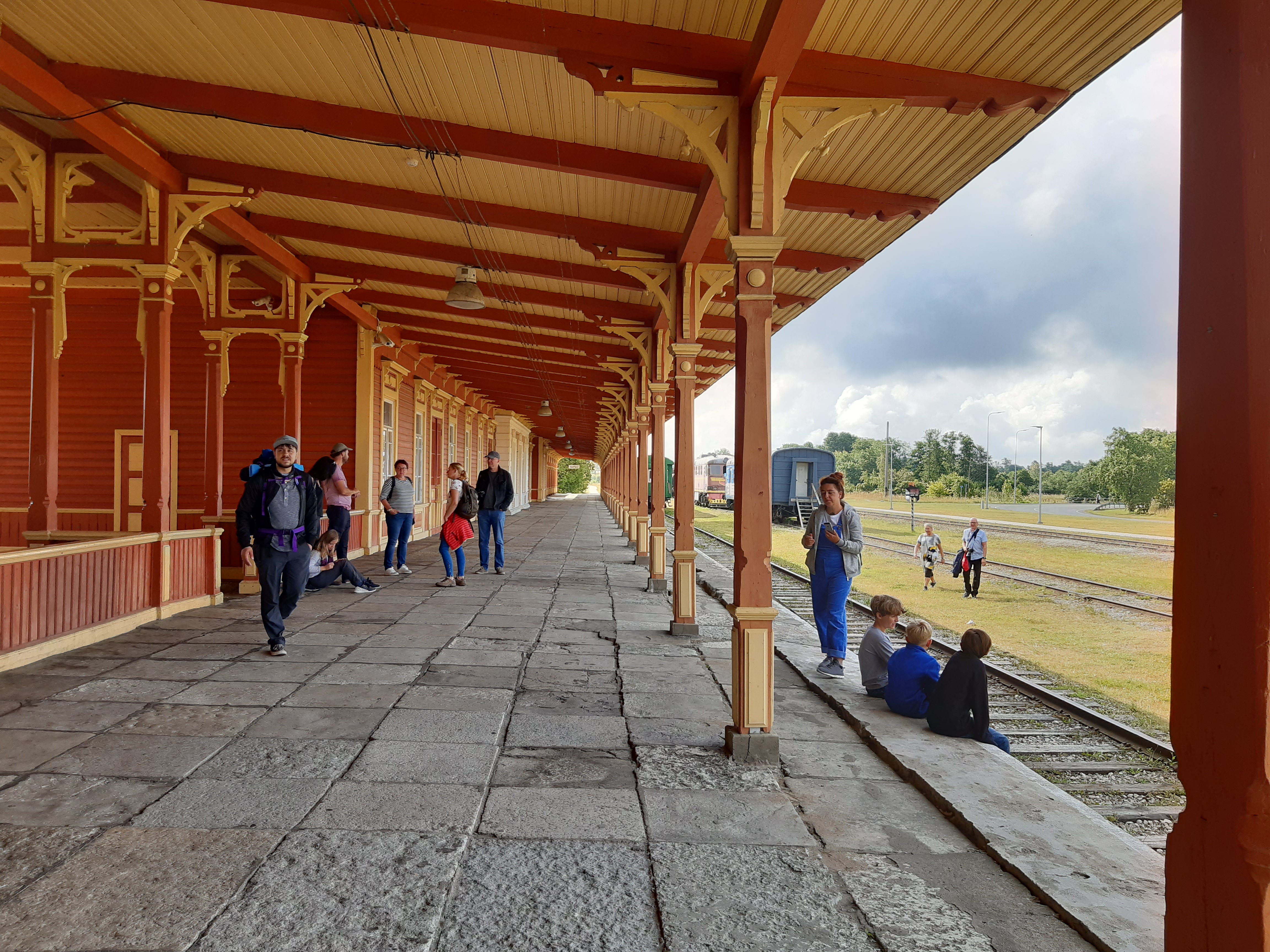
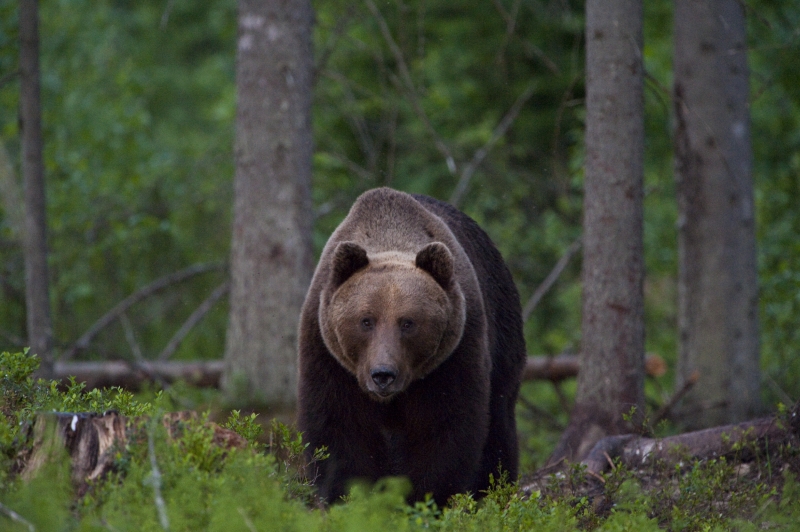
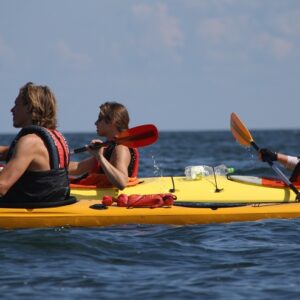
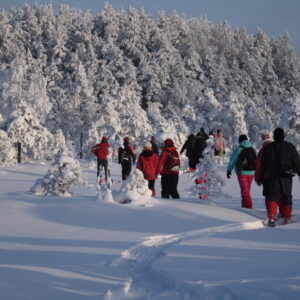
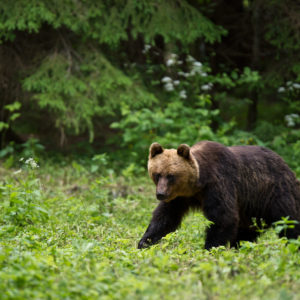
Reviews
There are no reviews yet.